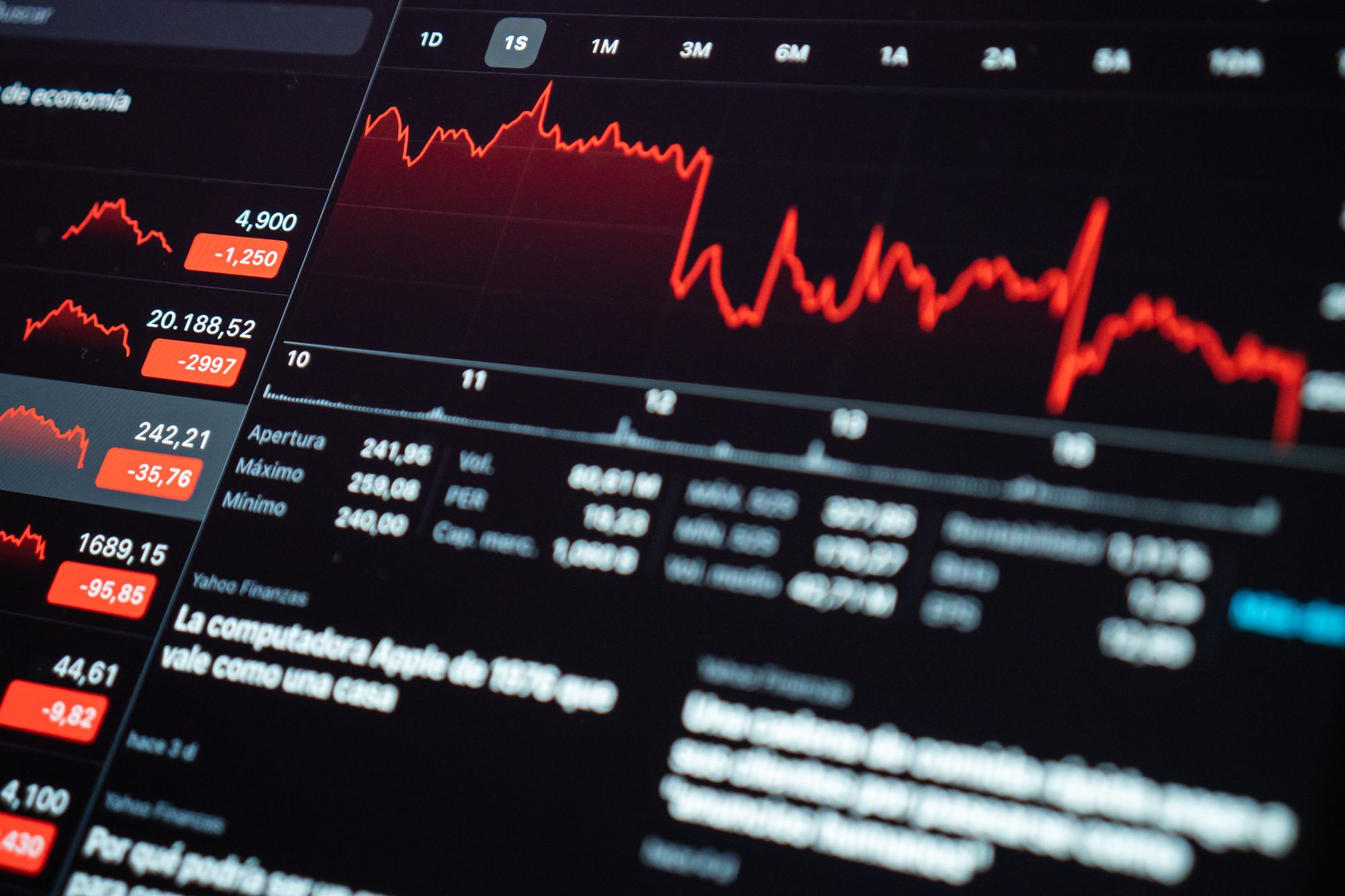Algorithmic Trading –Navigating with the code
The term "algo trading" describes the practice of carrying out trades on the financial markets using computer programmes and algorithms

The term "algo trading" describes the practice of carrying out trades on the financial markets using computer programmes and algorithms. It involves using automated technologies and mathematical models to assess data in real time and make decisions without involving humans. Trading professionals can analyse enormous amounts of data, see trends, and execute transactions quickly and accurately using algorithms, which boosts productivity and lowers transaction costs. In the Indian stock markets, algorithmic trading is widely used and is now a crucial tool for both institutional and retail traders. To maintain fair and transparent markets, the Securities and Exchange Board of India (SEBI) controls the use of algorithmic trading.
An overview of pre-trade analytics, post-trade analytics, trade execution, pricing models, and the regulatory framework for algorithmic trading in India
An increasingly common way to carry out trades in the financial markets is through algorithm trading. It uses sophisticated algorithms and mathematical models to automatically identify and carry out trades. In wealthy nations like the US, where it represents a sizable part of all deals performed, this type of trading has increased quickly in recent years. Algorithmic trading is becoming more and more popular worldwide, and it is believed that more than 50% of all trades on Indian stock exchanges are carried out this way.

Pre-Trading Analytics
The initial stage of algorithmic trading is pre-trade analytics. To find prospective trading opportunities entails gathering and analysing data from a variety of sources, including market data, news, and social media. Using this data, trading algorithms are then created and improved. Their effectiveness is then tested using previous data. Pre-trade analytics seeks to increase the likelihood of success and reduce the risk of failure.
Post Trade Analytics
Analysis of transaction results to assess how well an algorithmic trading system performed is known as post-trade analytics. The algorithms are then improved upon using this data, and their compliance with the legal framework is confirmed. Additionally, post-transaction analytics offers useful data on deal performance that may be utilised to pinpoint problem areas and enhance subsequent trades.
Execution of Trades
The algorithms are used to automatically execute trades after they have been created and tested. Based on market data and other variables, the algorithms determine the best time to enter or quit a trade using sophisticated mathematical models. Trade execution reduces the possibility of human error while being quick and effective. Additionally, the algorithms continuously scan the market and modify it as appropriate to optimise gains and reduce risks.
Pricing Model
The complicated and sophisticated pricing models employed in algorithmic trading consider a number of variables, such as market volatility, liquidity, and risk. These models aim to guarantee that trades are carried out at the most advantageous price, boosting gains and lowering risks. The Hull-White model, the Monte Carlo simulation, and the Black-Scholes model are some of the pricing models that are most frequently employed in algorithmic trading.
Regulatory Framework
The Securities and Exchange Board of India is responsible for establishing the regulatory environment for algorithmic trading in India (SEBI). To guarantee that algorithmic trading is carried out in a fair and transparent manner and to safeguard the interests of investors, SEBI has put in place a number of rules and regulations. These laws include specifications for pre- and post-transaction transparency, restrictions on trade size and frequency, and guidelines for the application of high-frequency trading techniques.
As a result, algorithmic trading is a fast-expanding trend in India. It provides traders with a number of advantages, such as speed, efficiency, and the abolition of human mistakes. To optimise profits and reduce risks, traders should employ pre-trade analytics, post-trade analytics, and pricing models, as well as be aware of the regulatory framework and the dangers involved.
If you like the article, then show Liquide some love!

